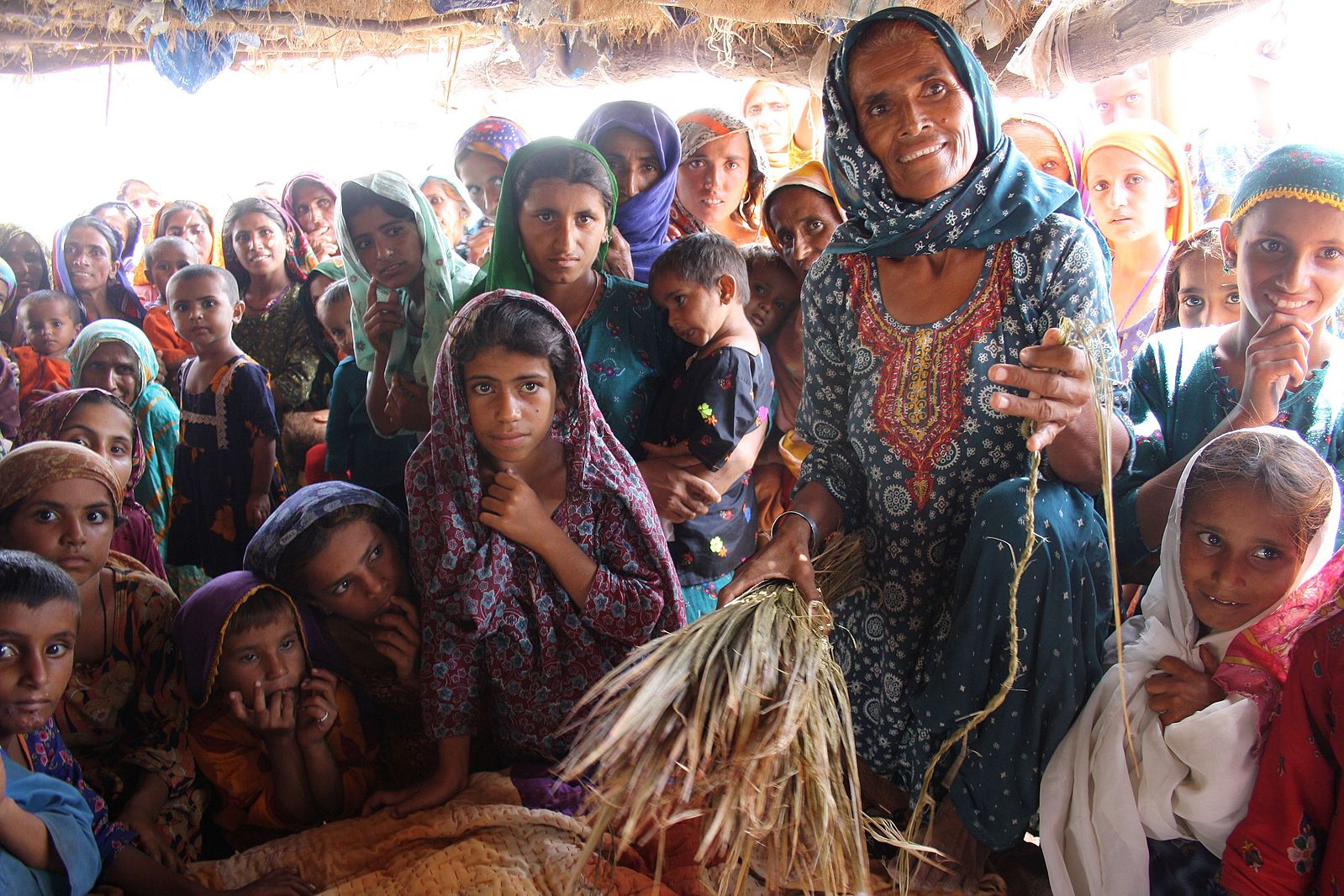Engaging Women in PVE Programming
Jan 29, 2018
Recent research by DAI’s Enhancing Governance, Accountability, and Engagement (ENGAGE) project team in Mindanao demonstrates that while membership in violent extremist groups is overwhelmingly male, there is limited evidence to suggest that support for violent extremist ideologies differs fundamentally between the sexes.
While this research is specific to a particular region of the Philippines, we have encountered similar dynamics elsewhere. If we are looking to prevent violent extremism (PVE) on a more comprehensive basis, therefore, we must find ways to engage women as well as men.
Unfortunately, PVE programming is all too often slanted toward men. In Pakistan, for example, while DAI supports numerous programs that focus on women—ranging from capacity building to conflict resolution training—men continue to make up the large majority of our partners and beneficiaries.
To some extent, this disproportionate emphasis on men can be justified by their domination of extremist groups. However, if the under-representation of women is simply a reflection of broader social norms that exclude women, limit their mobility, and restrict their engagements with men, that is something we can and should do something about.

Women and girls in Shadadkot, north-west Sindh, Pakistan. Photo: Magnus Wolfe-Murra/DFID
Our experience in Afghanistan, Pakistan, Somalia, and other traditional societies provides some practical suggestions for overcoming some of the cultural obstacles to engaging women:
-
Reach out to community leaders. Before engaging women directly, reach out to elders or other respected figures in the community. Winning approval, or at least a hearing, from community leaders will counteract the assumption that nongovernmental organizations are pushing a western agenda and lack respect for local customs and structures. It also gives local leaders a chance to provide what may prove valuable advice to program organizers.
-
Anticipate opposition. In most cases, PVE activities designed for women should also be run by women, and many programs may also be designed solely for women and girls—which will fall in line with local norms favoring the separation of the sexes. The flip side of this segregation is potential backlash from men who believe they are being excluded.
-
Find the right space. Cultural norms often restrict women from socializing in public. Consider holding meetings in the home or in culturally sanctioned community centers where women feel comfortable.
-
Embrace the escorts. Women attending meetings may be under the supervision of a male escort, who will take them to and from activities. Grating as this may be to western sensibilities, it can in fact open up opportunities to engage these men in constructive activities, perhaps shining a light on PVE and gender dynamics while at the same time mitigating any exclusion they might feel (see above).
-
Establish a non-PVE beach-head. In many parts of the world, announcing a PVE-focused program exclusively for women is a recipe for community rejection. Consider combining PVE activities with other components such as livelihood training that will appeal to women and their male relatives. Once a relationship has been forged, you can shift to more PVE-focused work, though the danger here is that the PVE component can become an afterthought rather than the primary focus of engagement.
Which leads us to the question: What should PVE engagement for women look like? That, I’m afraid, is a post for another day, but on that broad subject let me end with a shout-out to Pakistani activist and local leader Mossarat Qadeem.
As the co-founder of the Paiman Alumni Trust, one of Pakistan’s first peacebuilding and community empowerment organizations, Qadeem has changed the lives of thousands of women by helping mothers of radicalized youths leverage their influence and gain respect and decision-making capabilities within their households. Her approach is based on providing women with livelihood skills to increase their mobility and independence. Equipped with their own means of support, women can enhance their influence in their communities and be more effective voices against extremism.
Qadeem also focuses on helping women improve their critical thinking skills, enabling them to recognize the warning signs of radicalization in their families and communities. All told, she has reached more than 12,000 women and is thought to have de-radicalized some 1,200 boys.
Groups such as Tehreek-e-Taliban Pakistan and the Islamic State are already stepping up their recruitment of women. Mossarat Qadeem has shown that if we can engage women in the opposite cause, they can be formidable influencers in their own right.